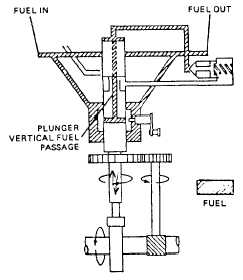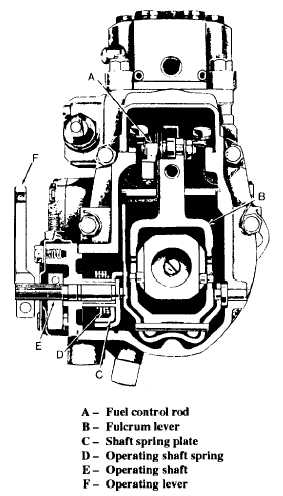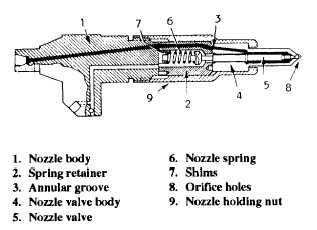
Figure 5-24.-End of fuel delivery flow diagram.
The plunger is designed to operate at crankshaft speed on four-cycle engines. It is actuated by a camshaft and tappet arrangement. The pump camshaft, which also includes the gearing for fuel distribution, is supported on the governor end by a bushing-type bearing and by a ball roller bearing on the driven end. An integral mechanical centrifugal governor (fig. 5-25) driven directly from the pump camshaft without gearing controls fuel delivery in relation to engine speed. This pump has a smoke limit cam within the governor housing to help control the exhaust smoke of various fuels. The mechanical centrifugal advance unit of this pump provides up to 9-degrees advance timing and is driven clockwise at crankshaft speed.
Troubleshooting
Table 5-2 lists the most common malfunctions and the probable causes. Further tests, adjustments, and specifications are available through the manufacturer's manual which you should use for repairs or adjustments.
Types of Nozzles
Bosch nozzles are inward opening with a multiple orifice and a hydraulically operated nozzle valve. The two models of this nozzle in use are the American Bosch and the Robert Bosch. They may be easily identified by either the length of the nozzle tip holding nut or the nozzle drilling code on the smaller diameter of the nozzle valve body. The American Bosch nozzle nut is 3 inches long, and the nozzle tip has a hand-printed drilling code. The Robert Bosch nozzle nut is 2 inches

Figure 5-25.-Governor-sectional view.
long, and the nozzle tip has a machine-etched drilling code. Figure 5-26 shows a view of the nozzle and identifies the various component parts. Component parts, although similar, are not interchangeable between the two nozzles.

Figure 5-26.-Bosch nozzle nomenclature.
Continue Reading